Features From the Issue
-
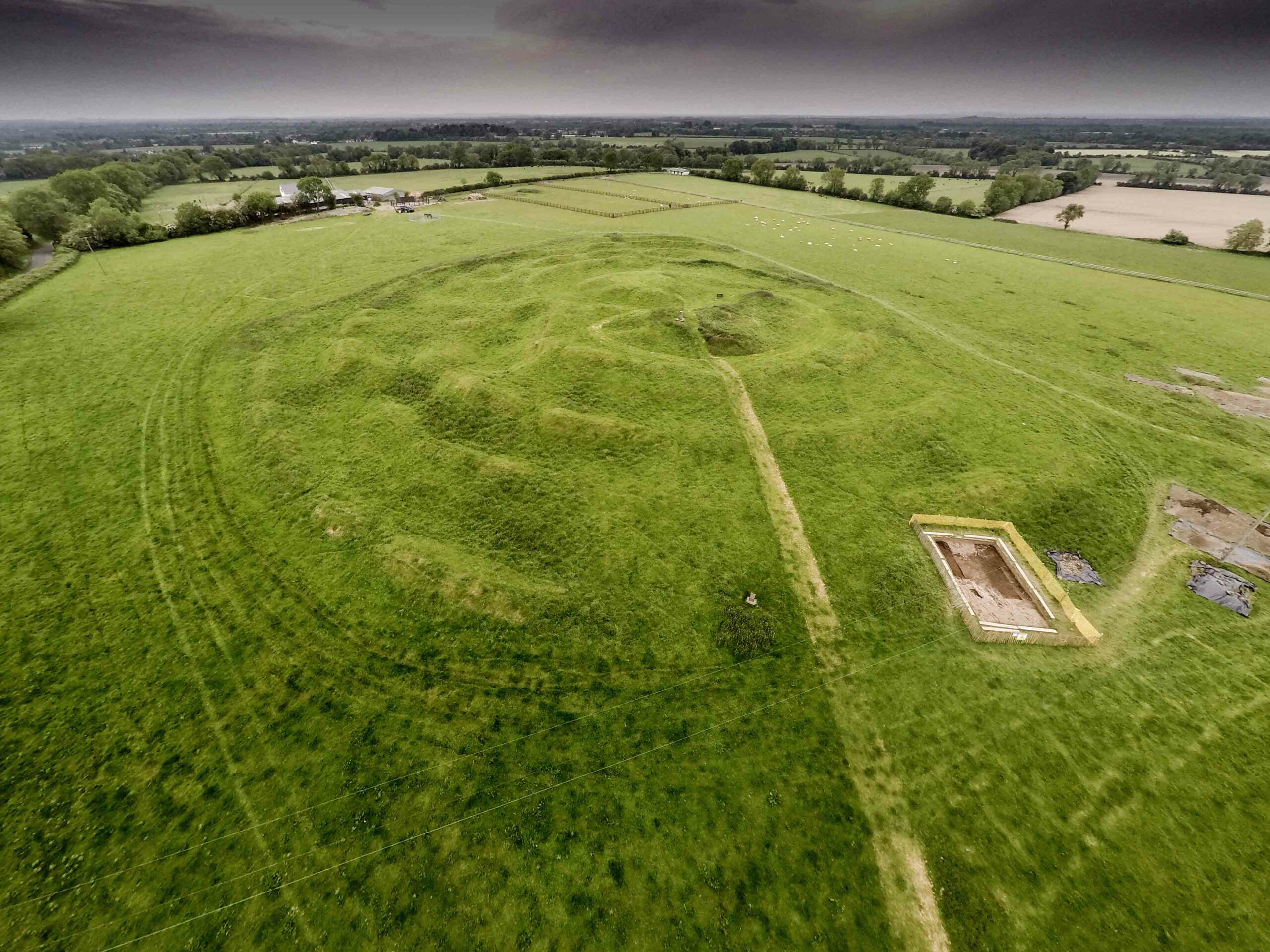 (Courtesy Stephen Davis, University College Dublin)
(Courtesy Stephen Davis, University College Dublin) -
Features
Expanding the Story
New discoveries are overturning long-held assumptions and revealing previously ignored complexities at the desert castle of Khirbet al-Mafjar
 (Sara Toth Stub/Courtesy The Rockefeller Archaeological Museum)
(Sara Toth Stub/Courtesy The Rockefeller Archaeological Museum) -
Features
The Temple Builders of Malta
How an isolated island culture became Europe’s most sophisticated Neolithic civilization
-
Features
Korea’s Half Moon Palace
An unexpected source begins to tell the story of a long-forgotten ancient Asian royal residence
-
Features
A Last Day, Reclaimed
Called the Great War in its day for its unparalleled scope and bloodshed, World War I still has stories to tell of both violence and humanity
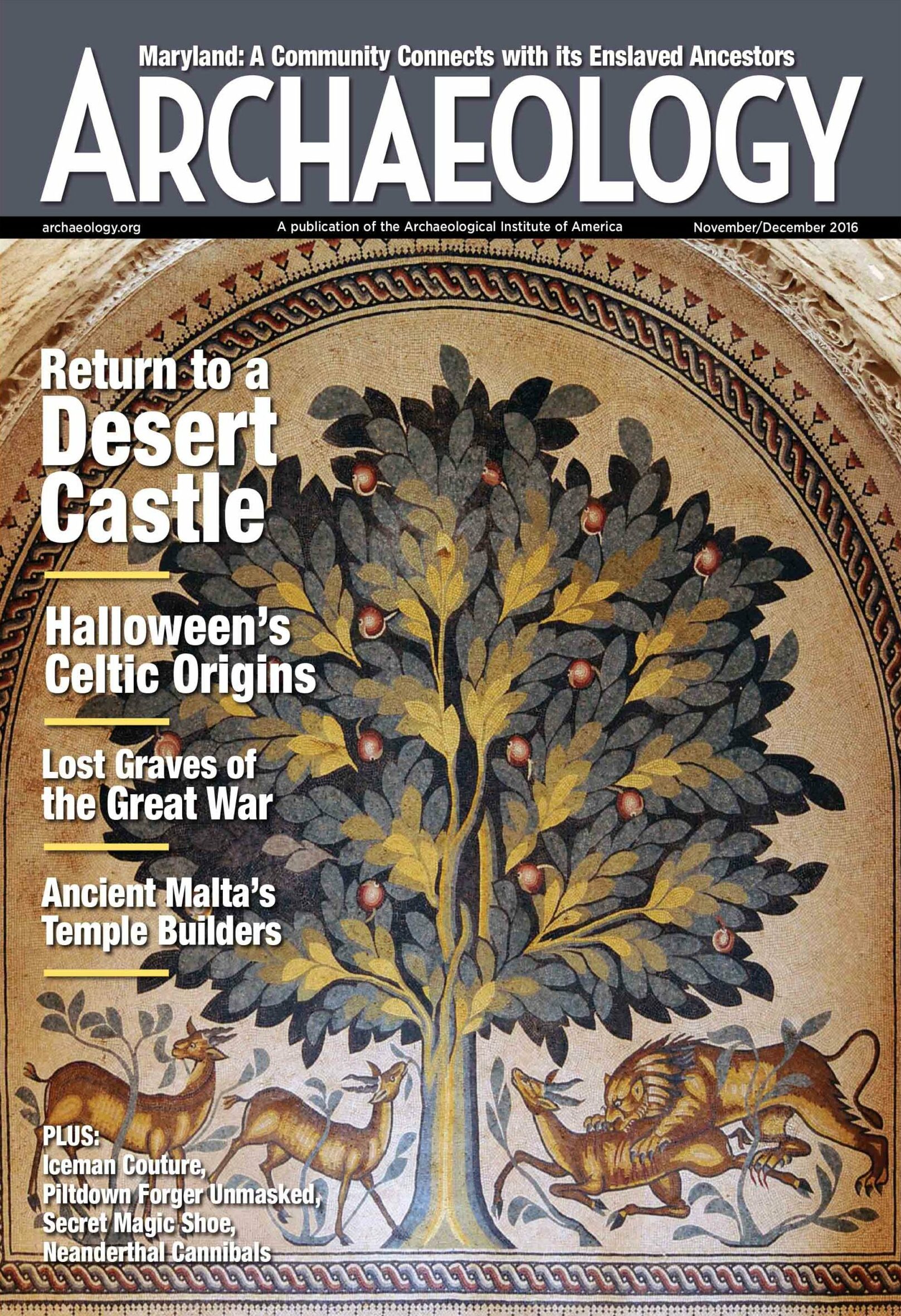
Letter from Maryland
Letter from Maryland
Belvoir's Legacy
The highly personal ARCHAEOLOGY of enslavement on a tobacco plantation
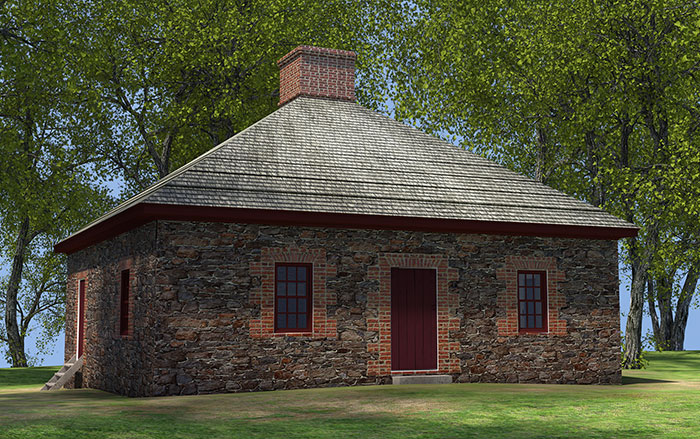
Artifact
Artifacts
18th-Century Men's Buckle Shoe
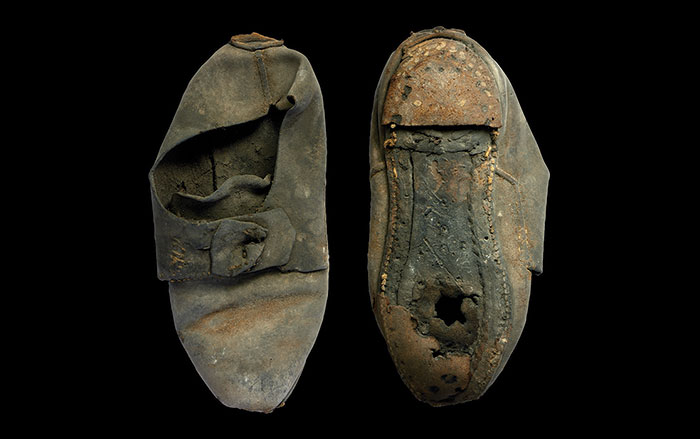
Digs & Discoveries
-
Digs & Discoveries
Piltdown’s Lone Forger
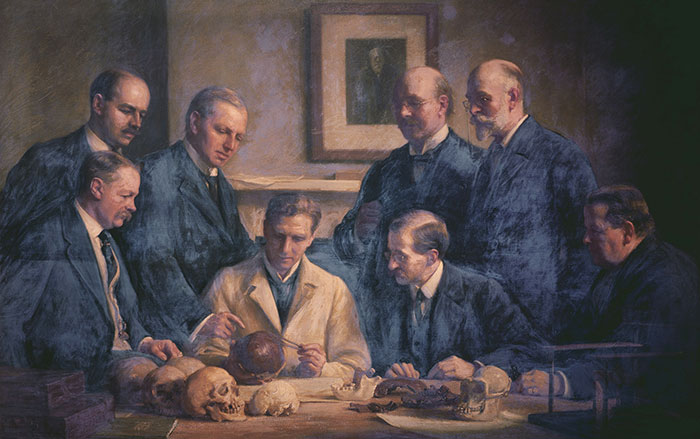 (Arthur Claude (1867–1951) / Geological Society, London, UK / Bridgeman Images)
(Arthur Claude (1867–1951) / Geological Society, London, UK / Bridgeman Images) -
Digs & Discoveries
Codex Subtext
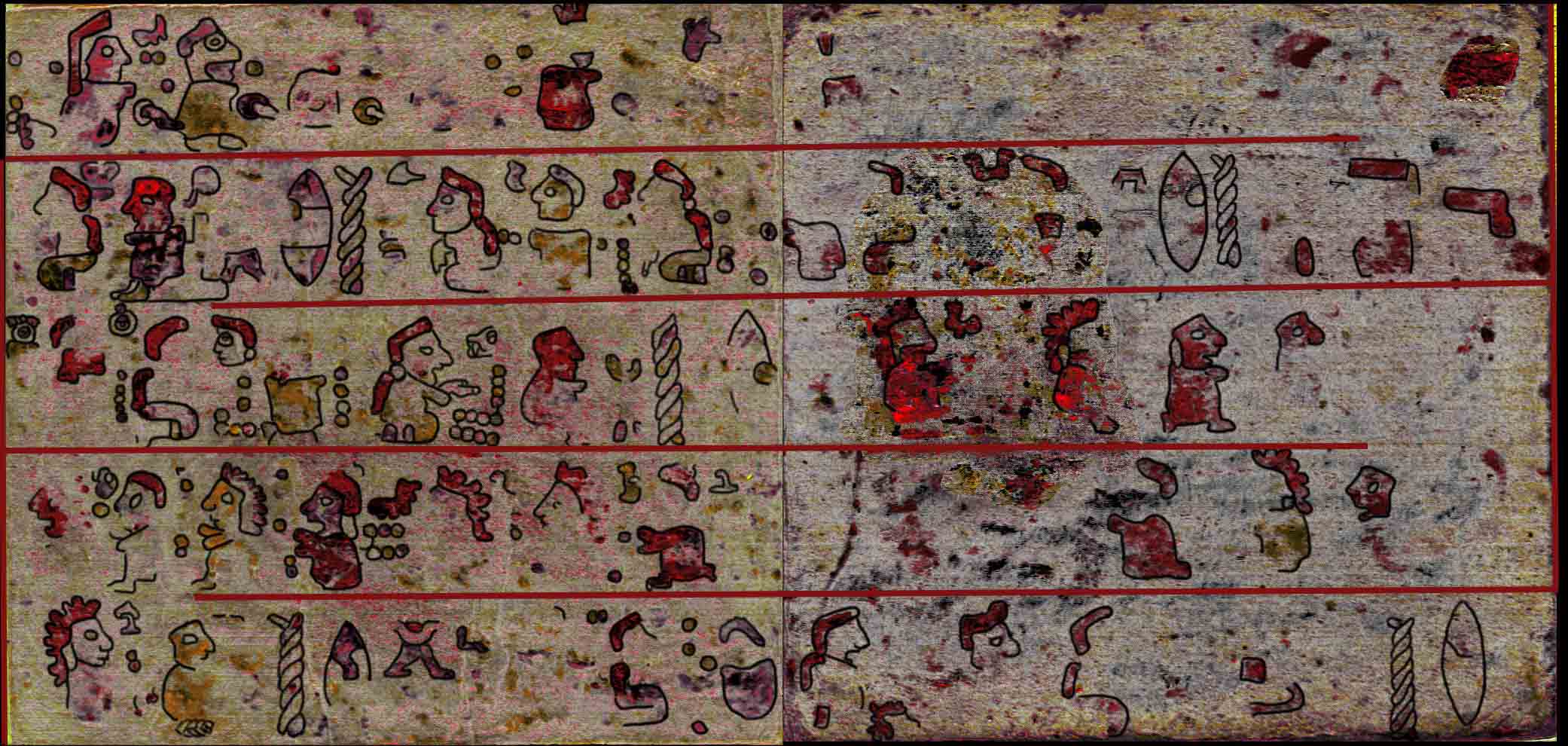
-
Digs & Discoveries
The Rabbit Farms of Teotihuacán
 (Adobestock)
(Adobestock) -
Digs & Discoveries
Murder on the Mountain?
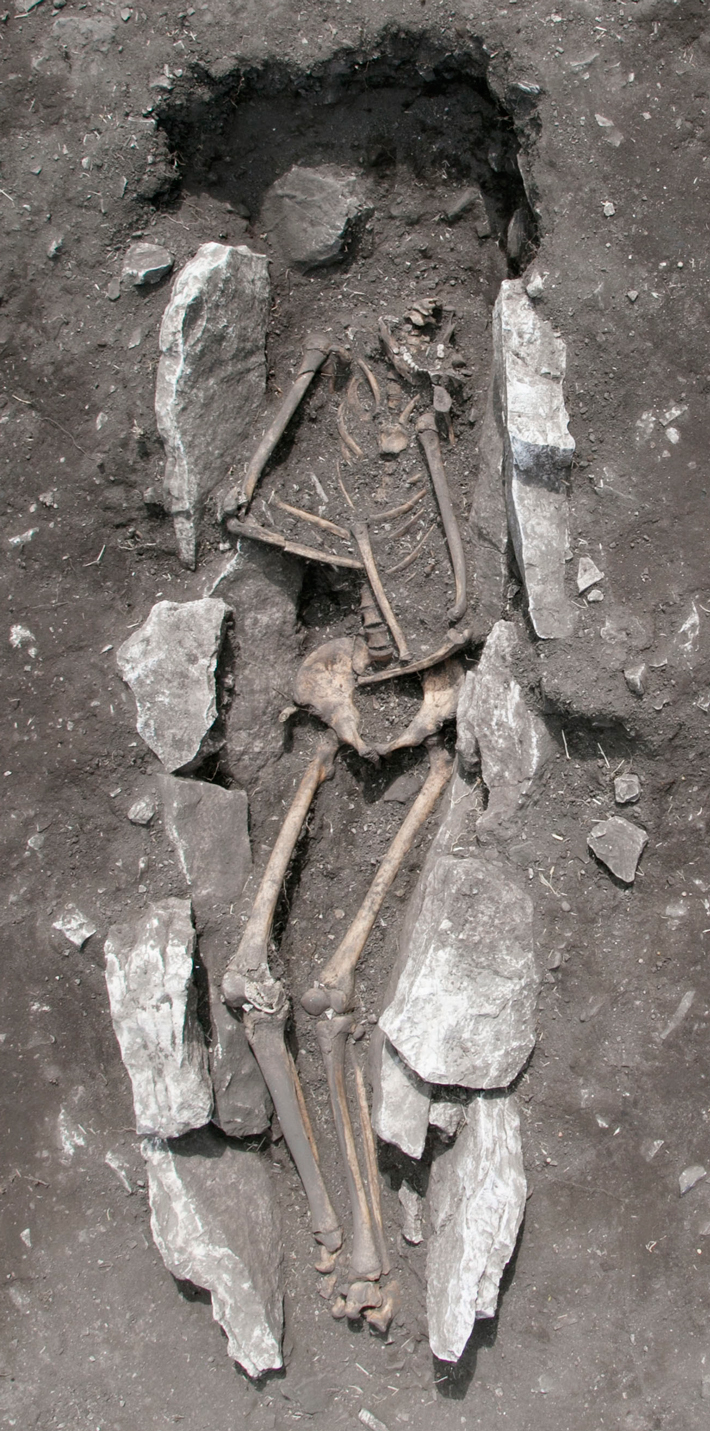 (Courtesy Mt. Lykaion Excavation and Survey Project)
(Courtesy Mt. Lykaion Excavation and Survey Project) -
Digs & Discoveries
Breaking Cahokia’s Glass Ceiling
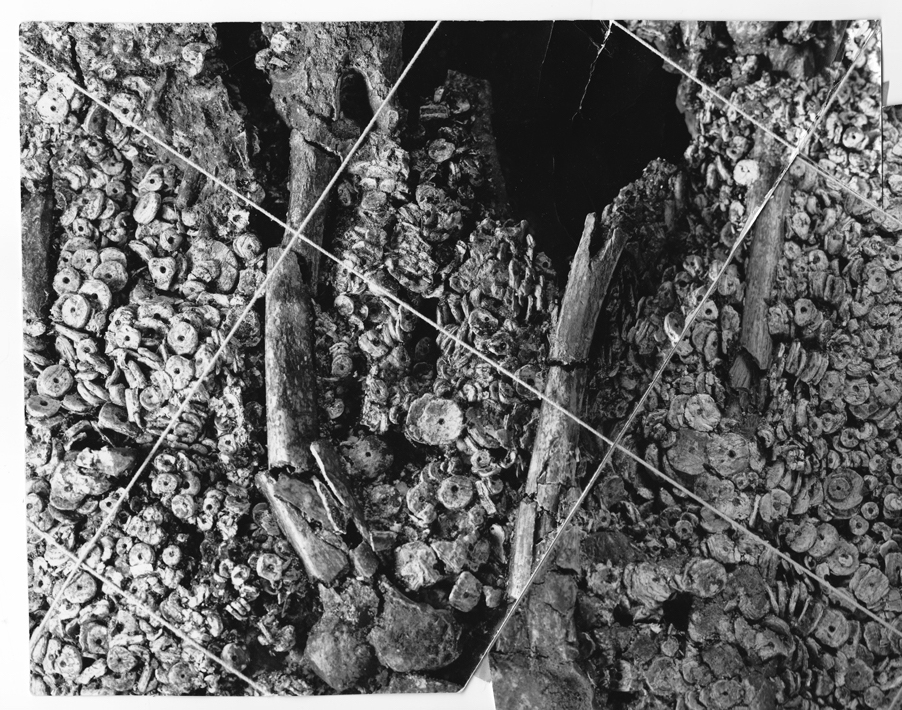 (Courtesy Illinois State Archaeological Survey)
(Courtesy Illinois State Archaeological Survey) -
Digs & Discoveries
Evolve and Catch Fire
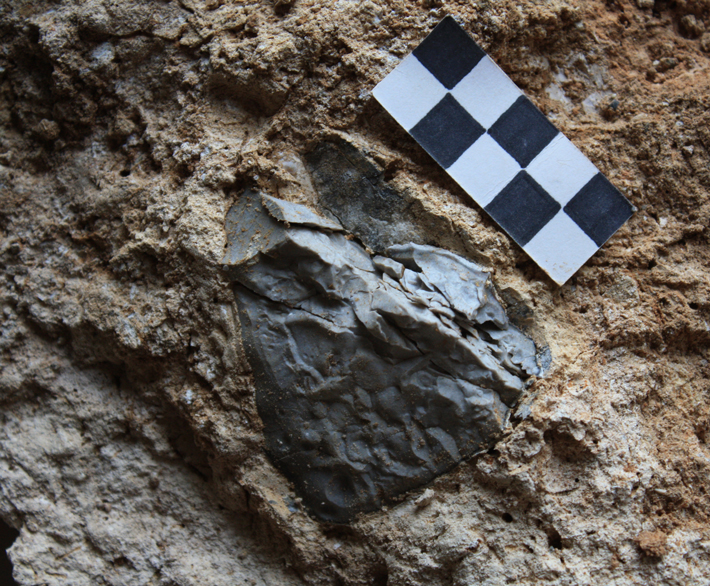 (Copyright MUPANTQUAT Murcian Association for the Study of Palaeoanthropology and the Quaternary)
(Copyright MUPANTQUAT Murcian Association for the Study of Palaeoanthropology and the Quaternary) -
Digs & Discoveries
Coast over Corridor
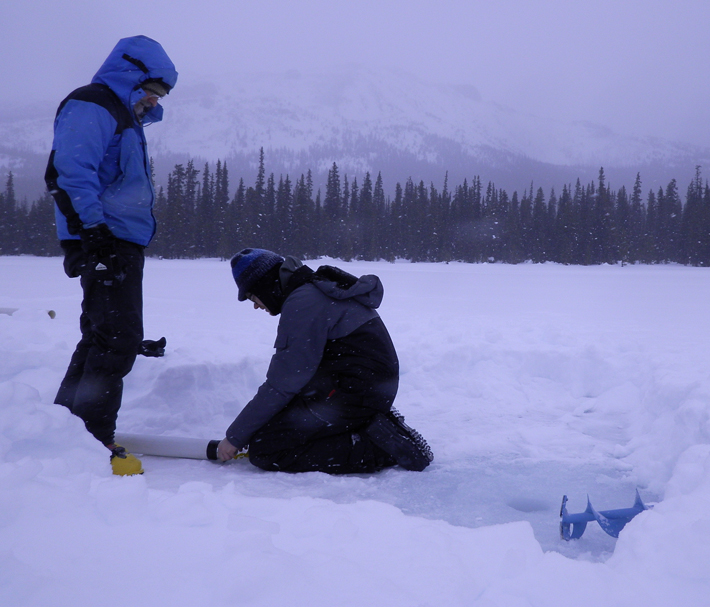 (Courtesy Mikkel Winther Pedersen, Centre for GeoGenetics, Natural History Museum of Denmark, University of Copenhagen)
(Courtesy Mikkel Winther Pedersen, Centre for GeoGenetics, Natural History Museum of Denmark, University of Copenhagen) -
Digs & Discoveries
Ötzi’s Sartorial Splendor
 (Courtesy South Tyrol Museum of Archaeology, www.iceman.it)
(Courtesy South Tyrol Museum of Archaeology, www.iceman.it) -
Digs & Discoveries
And They’re Off!
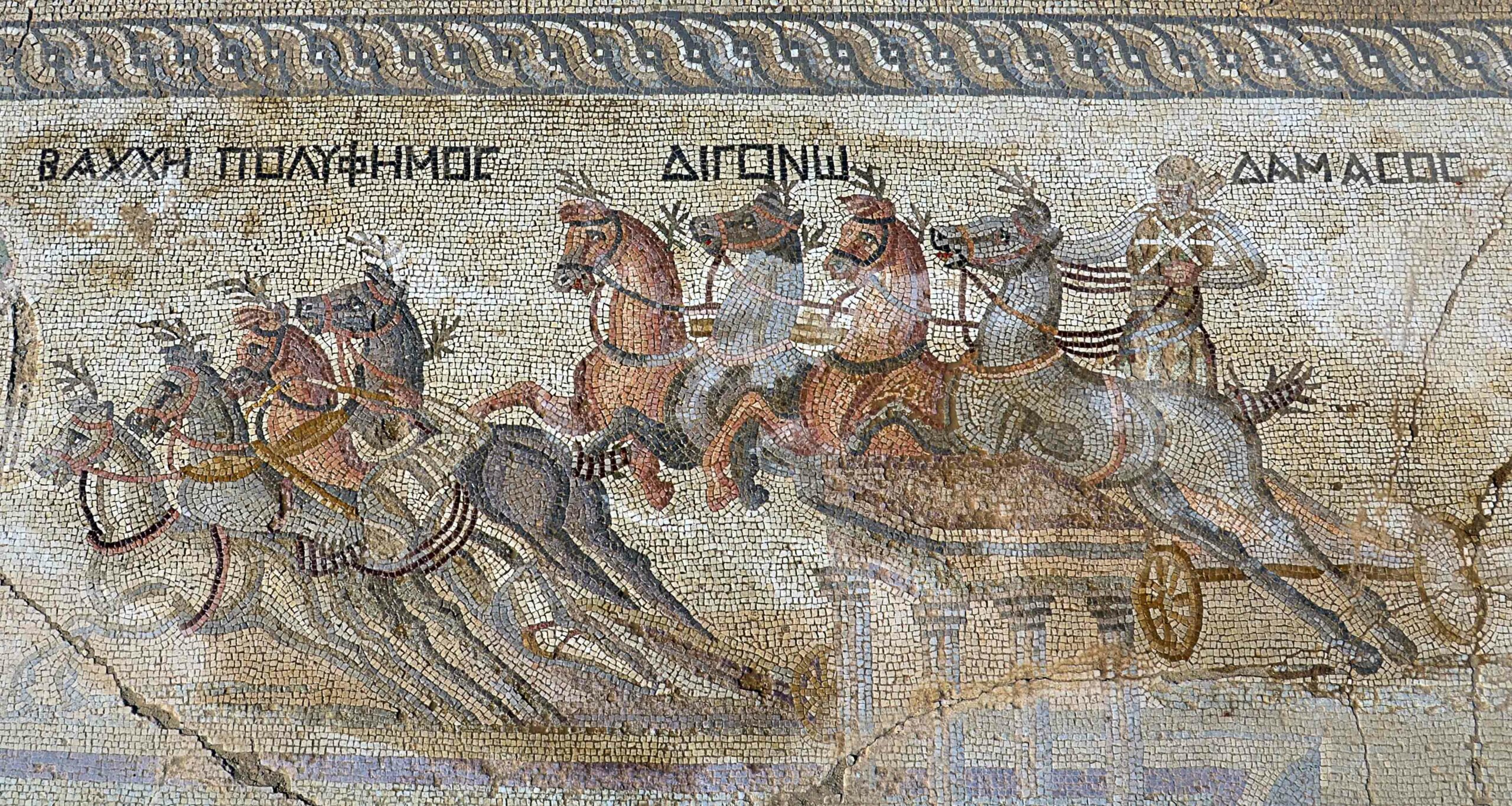 (Courtesy Department of Antiquities, Cyprus)
(Courtesy Department of Antiquities, Cyprus) -
Digs & Discoveries
The Blood of the King
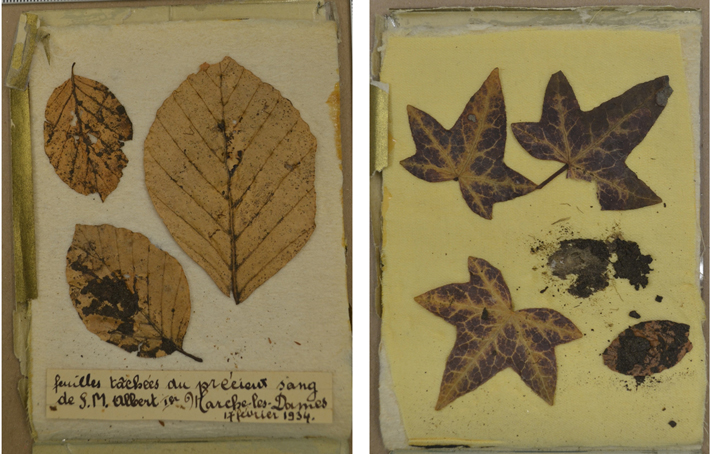 (Courtesy M.H.D. Larmuseau, KU Leuven)
(Courtesy M.H.D. Larmuseau, KU Leuven) -
Digs & Discoveries
China’s Legendary Flood
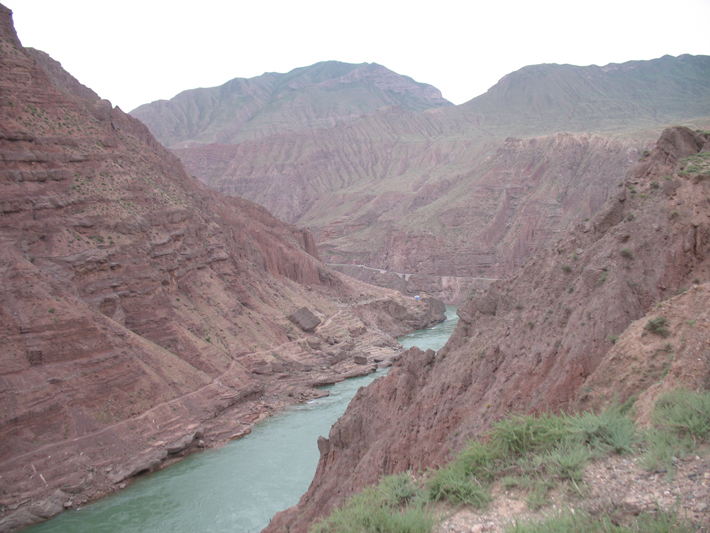 (Photo: Cai Linhai)
(Photo: Cai Linhai) -
Digs & Discoveries
Shifting Sands
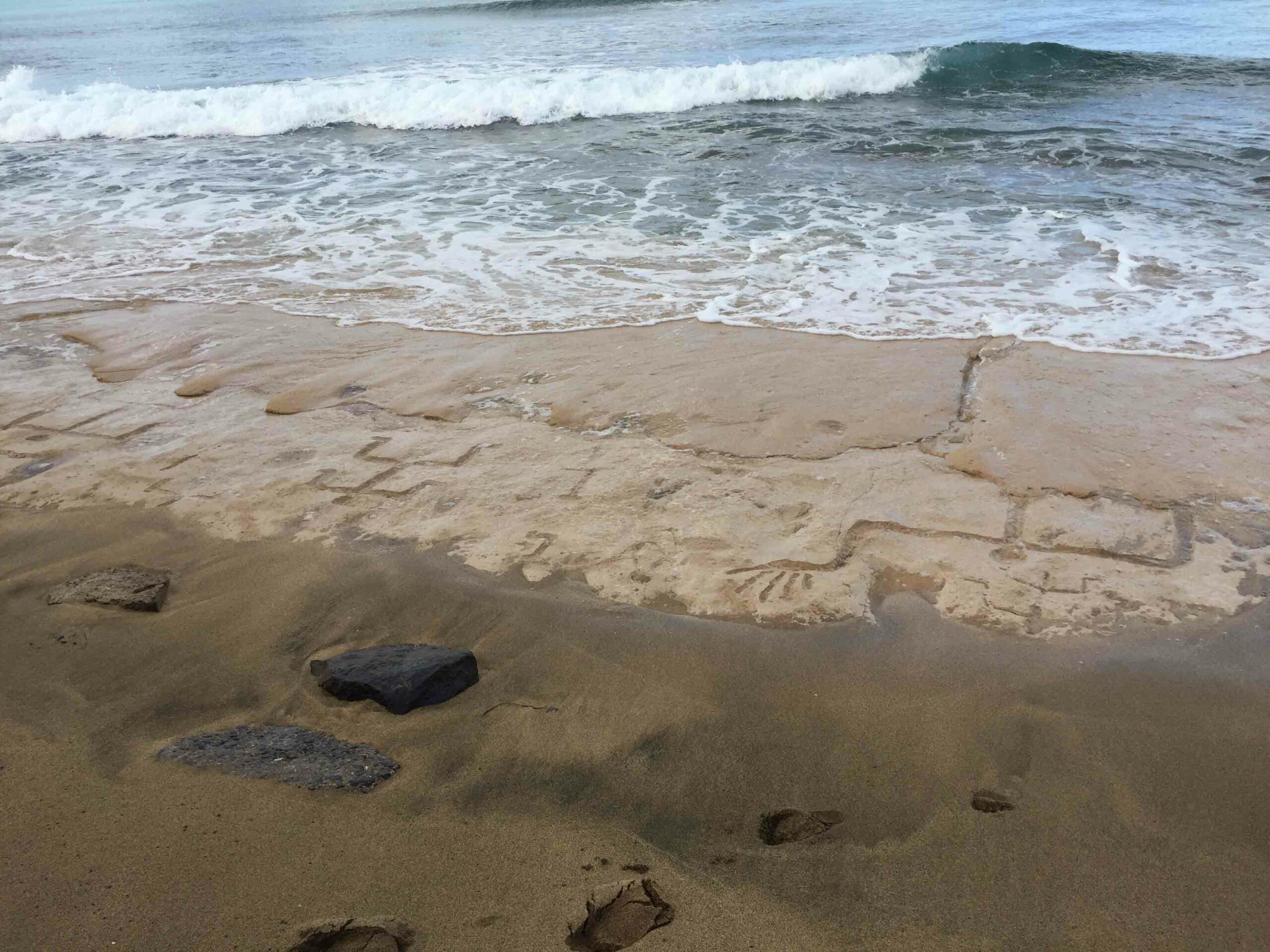 (Courtesy Hawaii Dept. of Land and Natural Resources)
(Courtesy Hawaii Dept. of Land and Natural Resources) -
Digs & Discoveries
Man Meets Dog, Both Meet Death
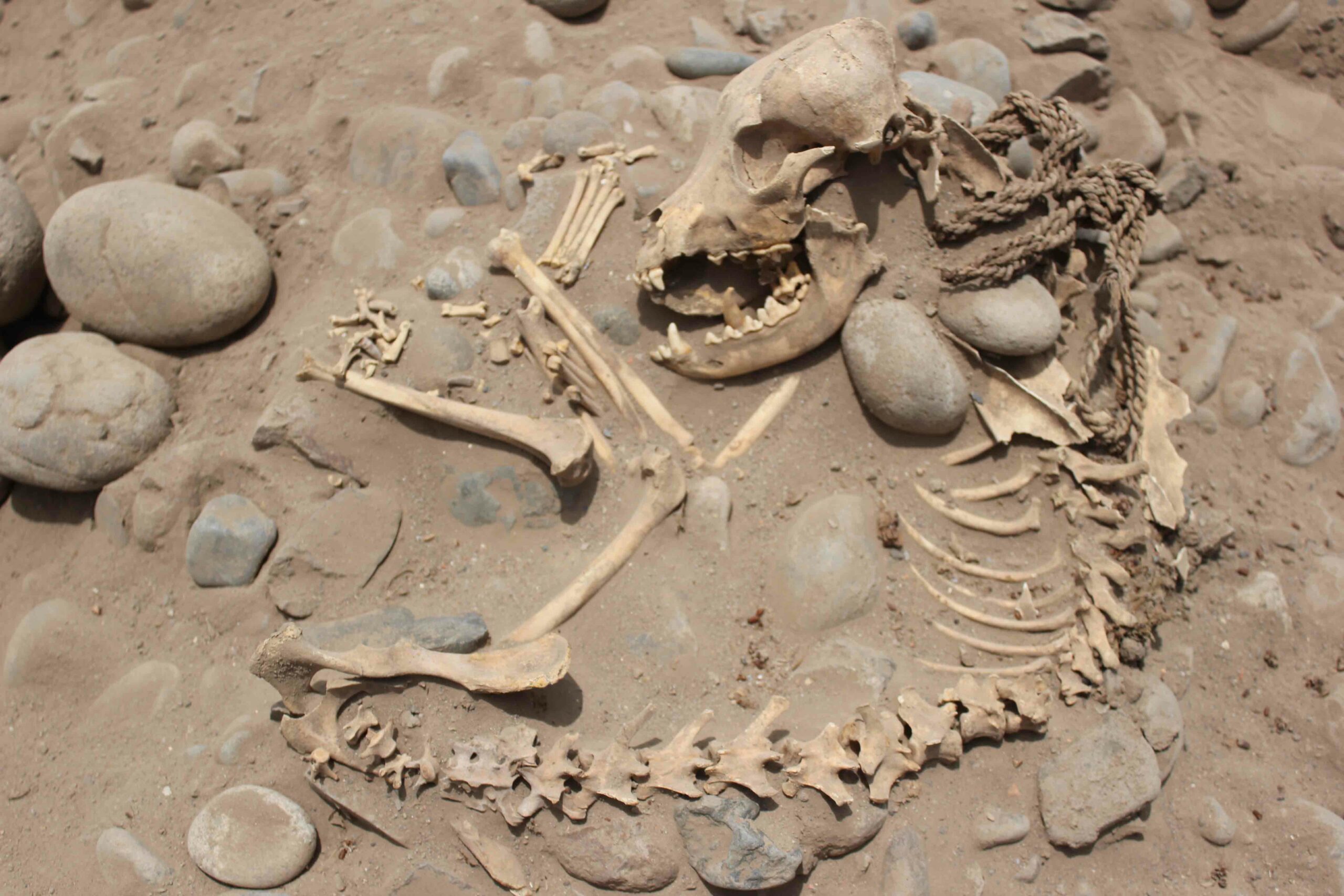 (Photo: Rubén Sánchez)
(Photo: Rubén Sánchez)
Off the Grid
Off the Grid November/December 2016
Basin of Sucellus, France
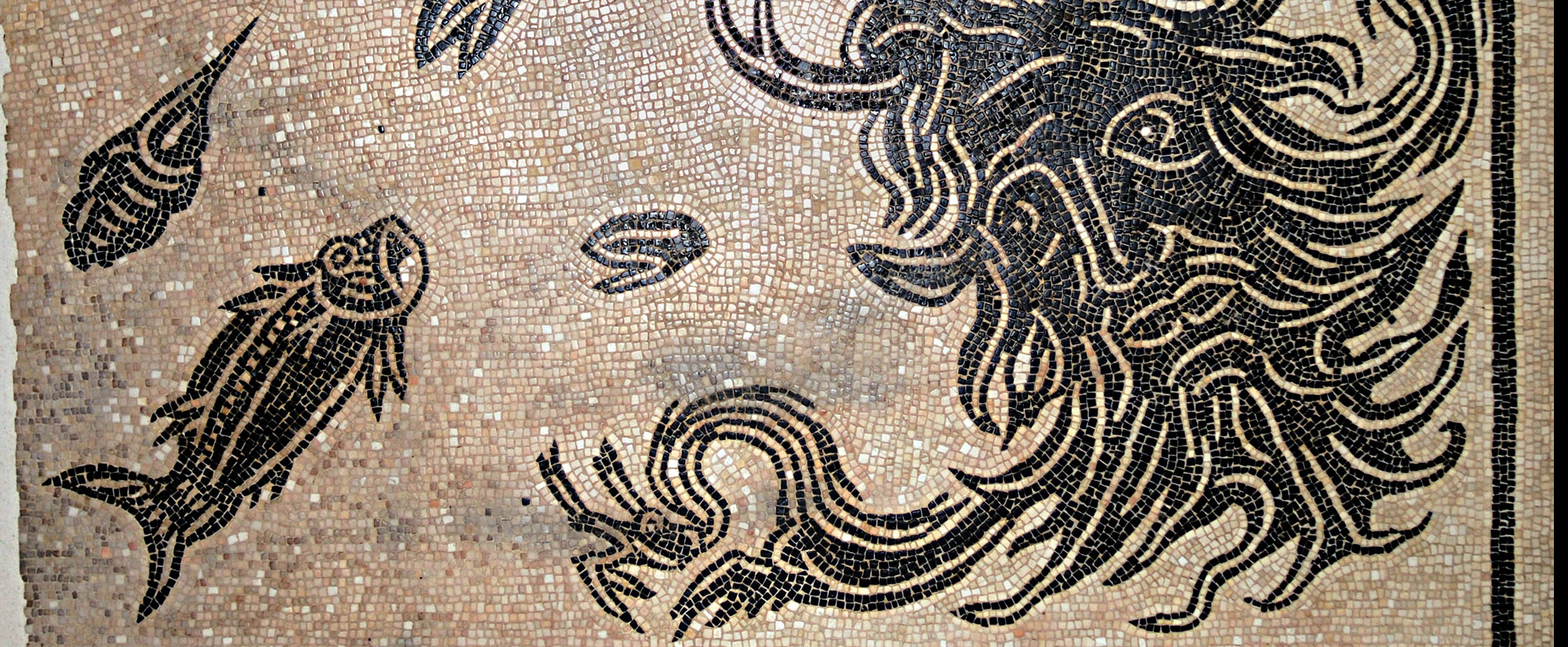
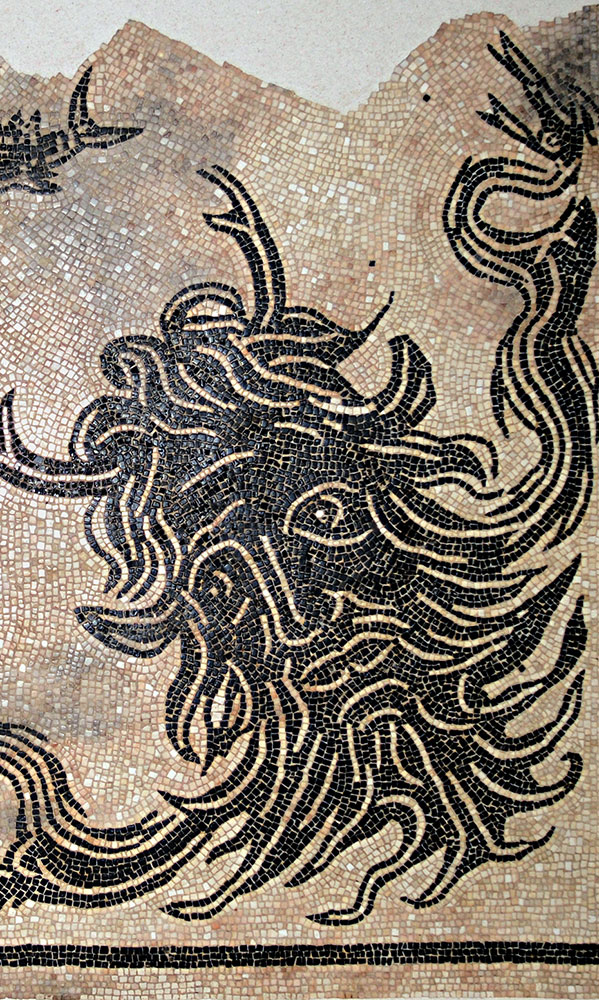
Around the World
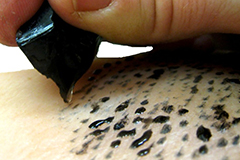
SOLOMON ISLANDS

SOLOMON ISLANDS: Using obsidian and pig skin, researchers are attempting to determine whether certain artifacts found at archaeological sites in Melanesia had been used for tattooing. They conducted these experiments to observe the wear, such as chipping and scratches, and residues on the stone caused by tattooing, and then compared that use-wear with 3,000-year-old artifacts. They found that the obsidian pieces, old and new, show similar patterns, suggesting that they hadn’t been used for working hides, but were for adorning human skin. —Samir S. Patel
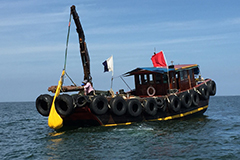
HONG KONG

HONG KONG: The waters of this Chinese territory could be one of the most extensive and largely untapped resources for maritime heritage anywhere in the world. Everything from Neolithic artifacts to Arab, Indian, and Persian trading ships to Chinese and European colonial vessels could lie in its waters, but to date little underwater archaeology has been conducted there. The recent discoveries of a 1,000-year-old granite anchor stock (the oldest maritime artifact found in Chinese waters) and a 19th-century European cannon hint at what might lie below. —Samir S. Patel
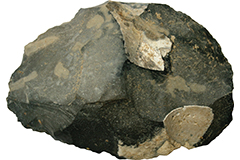
JORDAN

JORDAN: Stone tools dating back a quarter of a million years have yielded the oldest known protein food residues ever observed and are providing insight into the diet of ancient hominins who would have been living in an increasingly arid and marginal environment. On the menu were rhinoceros, wild cattle, horses, and ducks. This surprising diversity—and the range of hunting techniques it would have required—suggests, according to the researchers, an adaptability that would have served Middle Pleistocene hominins well as they dispersed across Eurasia’s highly variable landscapes. —Samir S. Patel

